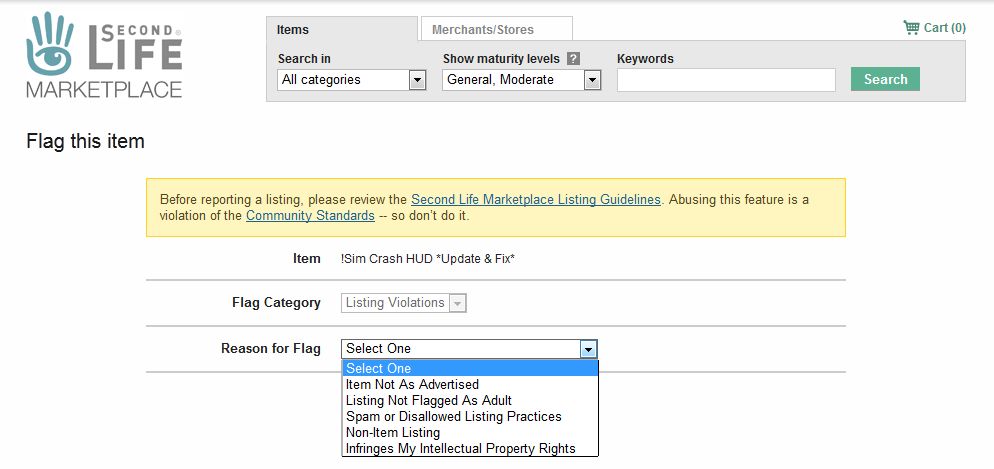


Among these repurposed tools, one of the most popular is an unassuming social platform originally associated with guild meetings and gaming communities: Discord. Gaming culture and platforms are becoming more popular for educational use, a trend that has been amplified during the massive migration to online education and conferencing across institutions in response to the COVID-19 pandemic. This study builds on our understanding of harassment in virtual worlds and acts as a cautionary tale for future virtual world educators and community leaders considering the development of their own online classes and groups. It then reviews the methods community members used to defend themselves from such attacks and analyzes the efficacy of these strategies.

It categorizes the disparate strategies these individuals have used over the years in their attempts to disrupt group cohesion, sow distrust between students and teachers, humiliate individuals, and foment an atmosphere of fear and anxiety. As part of a decade-long ethnographic research project within the Cypris Chat English language learning community in SL, this paper utilizes data gleaned from notes on participant observation, semi-structured interviews, and first-hand encounters. This case study focuses on two such malicious users exemplary of two specific types of malevolent virtual world actors: in-world griefers and online stalkers. Although users are given tools to mute and block individual accounts as well as ban undesirable avatars from user-owned land, that does not prevent determined, malicious users from disrupting communities and harassing individuals. Linden Lab’s Second Life (SL) is well-known for its hands-off approach to user conflict-resolution.


 0 kommentar(er)
0 kommentar(er)
